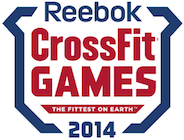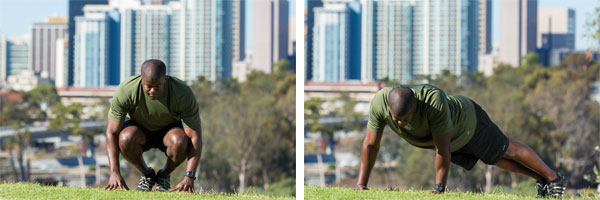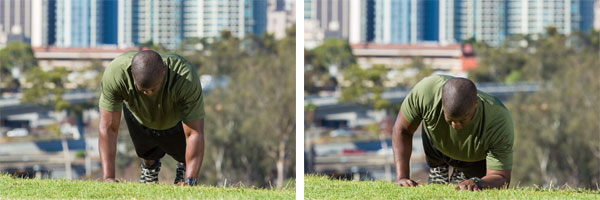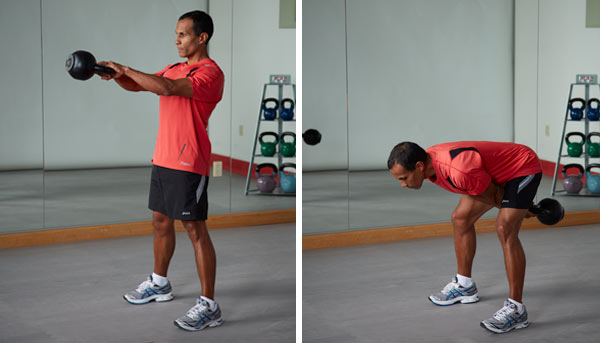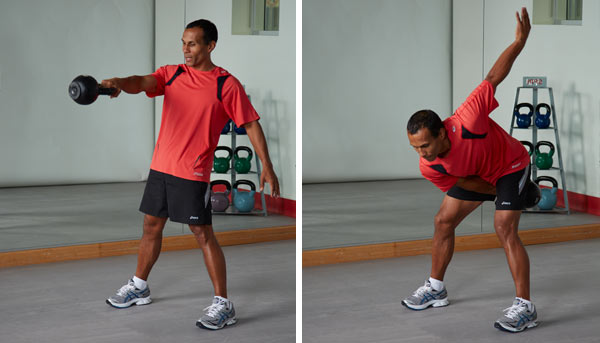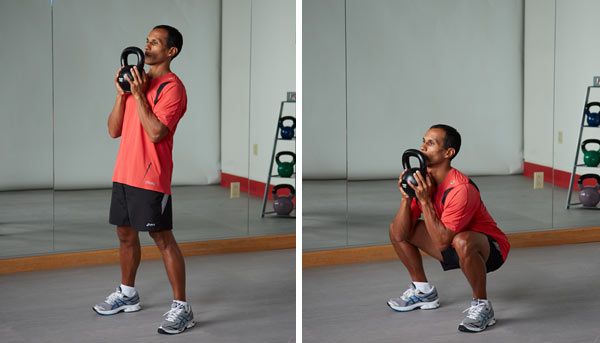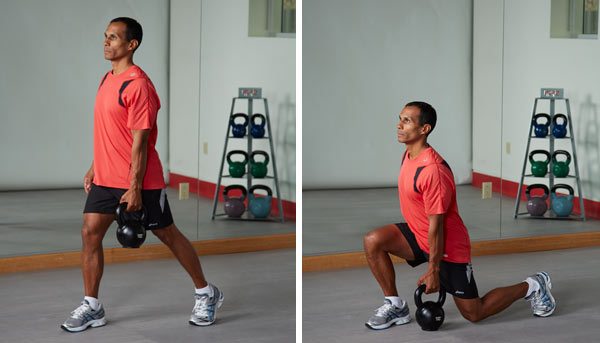Forging elite fitness
CrossFit begins with a belief in fitness.
The aim of CrossFit is to forge a broad, general and inclusive fitness.
We have sought to build a program that will best prepare trainees for
any physical contingency — not only for the unknown, but for the
unknowable. After looking at all sport and physical tasks collectively,
we asked what physical skills and adaptations would most universally
lend themselves to performance advantage. Capacity culled from the
intersection of all sports demands would quite logically lend itself
well to all sport. In sum, our specialty is not specializing.
CrossFit is many things. Primarily, it’s a fitness regimen
developed by Coach Greg Glassman over several decades. He was the first
person in history to define fitness in a meaningful, measurable way
(increased work capacity across broad time and modal domains). CrossFit
itself is defined as that which optimizes fitness (constantly varied
functional movements performed at relatively high intensity). CrossFit
is also the community that spontaneously arises when people do these
workouts together. In fact, the communal aspect of CrossFit is a key
component of why it’s so effective.
Today, CrossFit, the company, provides accredited training seminars throughout the world. We publish several websites providing extensive free content, including workouts, training and support for becoming fit, as well as a growing Journal of extended instruction. We have a worldwide network of more than 11,000 affiliated gyms and more than 100,000 accredited CrossFit Level 1 trainers. And, we have created the Sport of Fitness, known as the CrossFit Games, where we crown the Fittest Man and Woman on Earth.
In 2003, we started a “new” blog that would spur a revolution in the fitness industry. The contents were simple: the date, a picture, the Workout of the Day (WOD), and usually some provocative nugget of information. Check out our first full month of posts back in May 2003.
Anyone with an Internet connection and the willingness, curiosity and bravery to try it, could. From this simple blog and a single gym in Santa Cruz, Calif., there sprung an immense community of fitness enthusiasts who have learned the movements, tested the theory and accumulated a huge amount of data supporting Glassman’s equation:
CVFM @ HI + Communal Environment = Health
A regimen of constantly varied (CV), functional movements (FM) performed at high intensity (@HI) in a communal environment leads to health and fitness.
Today, CrossFit, the company, provides accredited training seminars throughout the world. We publish several websites providing extensive free content, including workouts, training and support for becoming fit, as well as a growing Journal of extended instruction. We have a worldwide network of more than 11,000 affiliated gyms and more than 100,000 accredited CrossFit Level 1 trainers. And, we have created the Sport of Fitness, known as the CrossFit Games, where we crown the Fittest Man and Woman on Earth.
In 2003, we started a “new” blog that would spur a revolution in the fitness industry. The contents were simple: the date, a picture, the Workout of the Day (WOD), and usually some provocative nugget of information. Check out our first full month of posts back in May 2003.
Anyone with an Internet connection and the willingness, curiosity and bravery to try it, could. From this simple blog and a single gym in Santa Cruz, Calif., there sprung an immense community of fitness enthusiasts who have learned the movements, tested the theory and accumulated a huge amount of data supporting Glassman’s equation:
CVFM @ HI + Communal Environment = Health
A regimen of constantly varied (CV), functional movements (FM) performed at high intensity (@HI) in a communal environment leads to health and fitness.
Publications
Today, CrossFit publishes several websites, including:
CrossFit.com —This
is the original blog and main hub for everything CrossFit. Come here
for the free Workout of the Day. The WOD (as written) is designed to
exceed the limits of the world’s fittest people, but can be scaled to
meet anyone’s current fitness.
Journal.CrossFit.com —The
CrossFit Journal provides the highest quality instruction, stories and
videos. This is the place to learn more about CrossFit in theory and in
practice. With years of articles and videos on coaching, equipment,
functional movements, exercise physiology, affiliation and much more,
the CrossFit Journal is the essential guide to all of CrossFit. Get
started by browsing the content by category or date published.
Games.CrossFit.com —Can’t get enough of the CrossFit Games? Check here for stats, archived coverage, athlete stories, interviews and much more.
Education
CrossFit is not easy and it’s not simple. To be fit and physically
competent to handle all of the challenges in life is no small endeavor.
As you work to become a fitter and healthier person, you will need to
learn about:
- Movement - How to move safely and effectively.
- Fitness - What it means to be fit. Its definition, the supporting theories, and how to go about attaining it in real life.
- Nutrition - Eat meat & vegetables, nuts & seeds, some fruit, little starch, and no sugar. Keep intake to levels that will support exercise, but not body fat.
Education is a big part of CrossFit. When you start, you are not expected to have the knowledge you need.
CrossFit is an education about movement, fitness, nutrition and community. All of these things require responsibility, common sense, and work to educate oneself using all the tools available in the community.
Source : Crossfit.com



